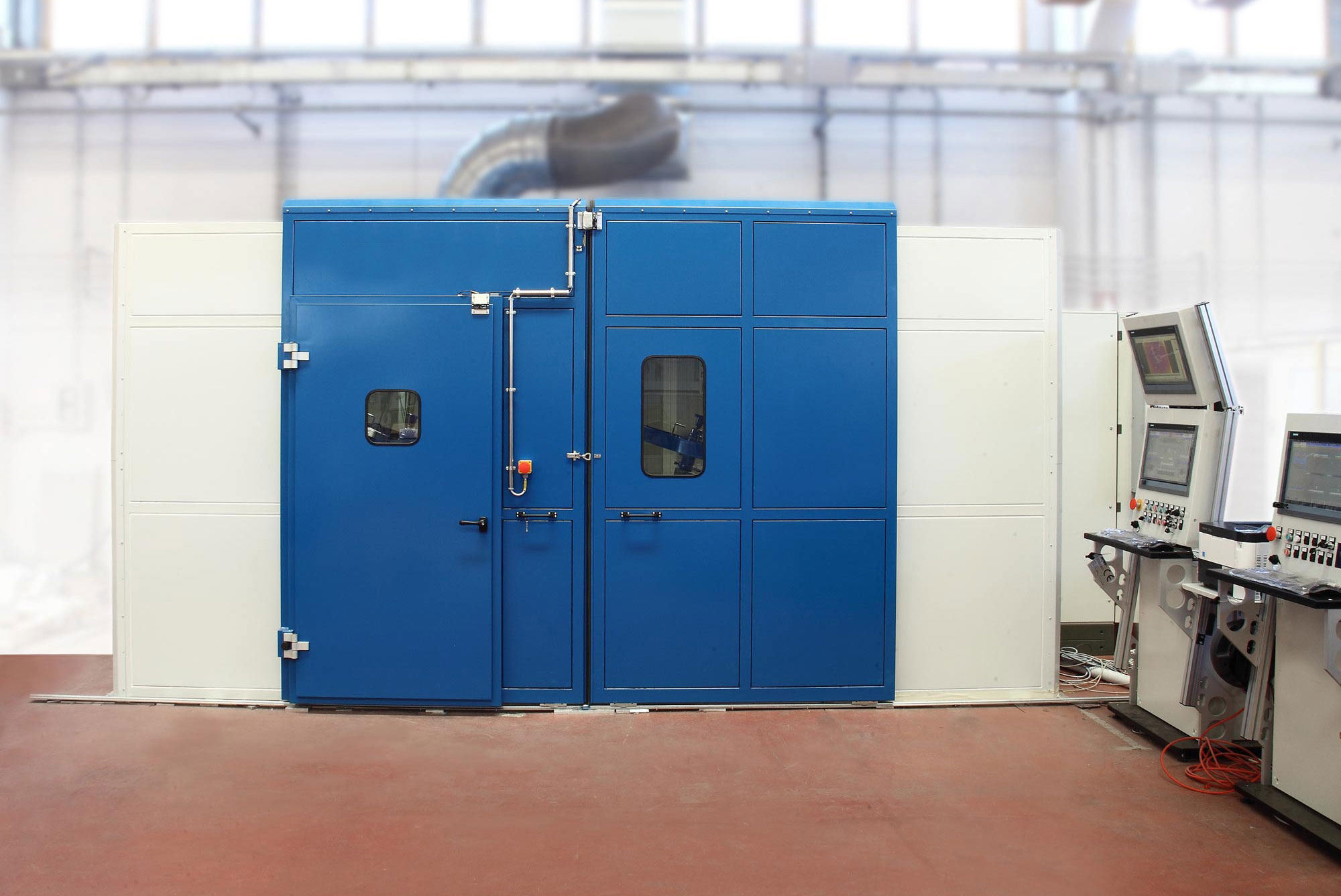Wire flame spray process
With the combustion wire spray process, the wire spray material is melted in a gaseous oxygen-fuel flame. The wire is fed continually into the fuel gas-oxygen flame, where it is melted and atomized by the addition of compressed air that also directs the melted material onto the substrate.
Combustion wire spray is a common choice for machine element repair and corrosion coatings such as bridge piers and Yankee dryer Rolls. It’s possible to choose between hard (higher melt temperature) or soft (lower melt temperature) wires.
Powder flame spray process
The combustion powder process uses a similar technique of wire flame spray, except that the wire feed stock is replaceds with powder. The process is basically the spraying of molten material onto a surface to provide a coating. Material in powder form is melted in a flame (oxy-acetylene or hydrogen most commonly) to form a fine spray. When the spray contacts the substrate, the fine molten droplets rapidly solidify, forming a coating. This flame spray process, when carried out correctly, is called a “cold process” as the substrate temperature can be kept relatively low during processing avoiding damage, metallurgical changes and distortion to the substrate material. The main advantage of powder flame spray process is that a much wider range of materials can be easily processed into powder form, giving a larger choice of coatings.



